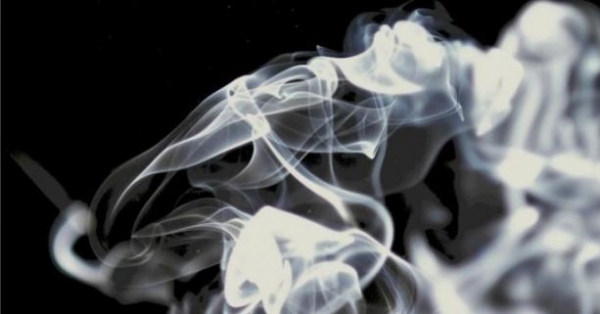The day before, on December 6, rescuers received a report that a case of carbon monoxide poisoning had occurred in one of the Lviv apartments. As a result, a 65-year-old woman was injured and hospitalized in the regional clinical hospital.
In 2022, there were 95 cases of carbon monoxide poisoning in Lviv region, as a result of which 19 people died, including 3 children. 235 people, including 80 children, were hospitalized in medical institutions of the region in varying degrees of severity.
To protect yourself from the possibility of carbon monoxide poisoning, we remind you of the main preventive measures
The most common causes of poisoning are: violation of the conditions of safe use of gas appliances and stoves, unauthorized interference by owners in the operation of gas supply systems and the construction of gas appliances, faulty ventilation system.
How to protect yourself from carbon monoxide?
First of all, it is recommended to install special alarms that notify through a sound or light signal about the excessive concentration of carbon monoxide or natural gas in the room. Secondly, it is worth concluding a contract for maintenance of both gas supply systems and smoke ventilation channels. Thirdly, you should not use gas appliances irresponsibly, i.e. do not leave them unattended, or use them for purposes other than their intended purpose. It is also necessary to constantly support the ventilation of the house, even in the winter season.
In order for the house to have a stable combustion process, a constant supply of oxygen is required. Remember! Carbon monoxide is dangerous because there are no obvious signs.
What are the common signs of carbon monoxide poisoning?
The list of symptoms includes: dizziness, headache, rapid heartbeat, facial redness, general weakness, nausea, sometimes vomiting. In some cases – death.
In case of carbon monoxide poisoning, the blood loses its ability to be saturated with oxygen, resulting in metabolic asphyxia and the person cannot breathe. Often people faint, and therefore cannot call for help. So, if you feel the first symptoms of poisoning (headache, weakness, nausea), call an ambulance and rescuers and leave the premises.
What are the most common causes of fires involving gas equipment?
Often the causes of fires are violations of fire safety rules during the installation of heating devices and during the operation of gas equipment.
Before the start of the heating season, you need to check the equipment itself, its tightness, the absence of cracks and check the chimneys.

